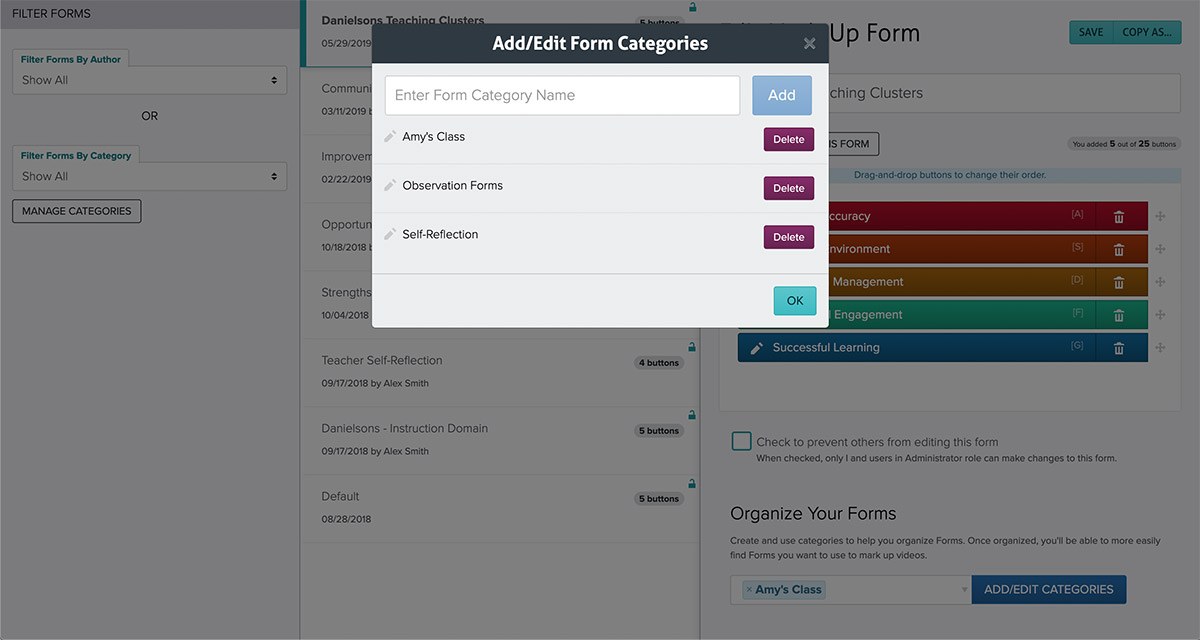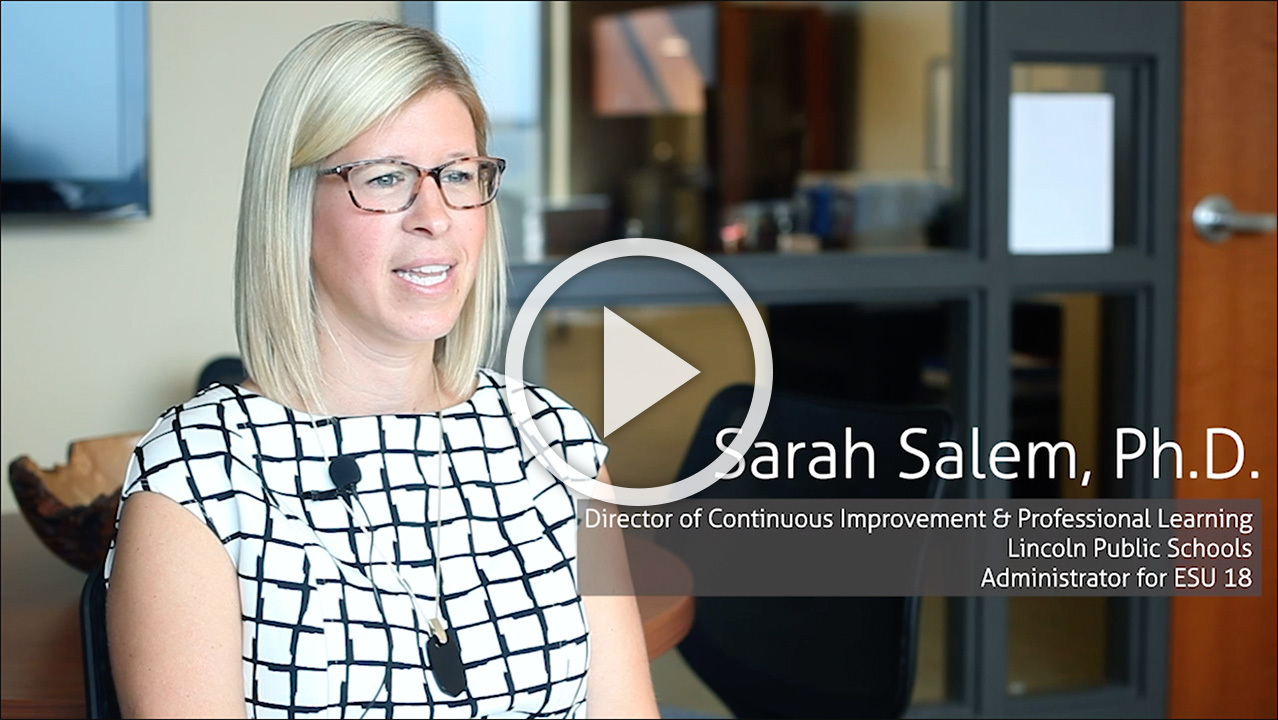"Feedback is considered one of the most powerful factors in promoting achievement in a variety of contexts... in the 'absence of adequate feedback efficient learning is impossible and improvement only minimal even for highly motivated subjects'" (Prilop, Weber, Kleinknecht). For pre- and in-service teachers, this means that merely practicing teaching is not sufficient to become an expertly skilled educator. For optimum results, they need to evaluate their teaching methods in coordination with colleagues to learn from each other.
As such feedback has become an increasingly necessary resource for educator PD; it's free, can be done internally, and it provides a "healthy opportunity to work toward better behaviors" (Himelstein).
According to an article posted by the Cambridge University Press, feedback is a necessary resource because it's:
- Always available
- A great way to practice effective listening
- An opportunity to motivate
- Essential to develop performance
- A way to keep learning
Feedback can also have some positive effects on motivation. Individuals feel more encouraged when they're recognized for their efforts, asked to contribute in a way that is positive and recognizable, and challenged in a way which helps them to develop and be more creative (King).
Thanks to the popularity of feedback loops like the 360-degree method, there's no shortage of ways for education professionals to receive feedback from their students, peers, supervisors, and themselves. However, not all feedback is useful, and ineffective feedback can even have some consequences.
Individuals regularly subjected to harsh feedback can face an increase in stress and an overall decline in morale. Institutions need to be aware of the nature of feedback provided because there's a severe risk for culture and retention issues down the road. And most importantly, individuals who don't receive practical insight into their strengths and limitations cannot progress, resolve difficulties, or meet their professional potential (King).
Now that we've seen how vital it is to provide adequate feedback, it's imperative to look at what makes feedback powerful. There's an extensive amount of research on the topic of feedback and how it can be more productive, and each source provides a slightly different answer. However, we were able to find a lot of consistencies between qualities that make feedback effective, and we've compiled them here:
Clear
Individuals likely won't get anything out of feedback that is difficult for them to understand, even if that feedback is technically accurate. This problem is especially prevalent when the giver and the receiver of feedback focus in two different areas or levels of expertise. Though feedback should be deep and meaningful, it should also be in terms that are actionable and easy to understand (Kay, Petrarca, Bahula).
Future-oriented
It's essential not to give feedback just for the sake of providing feedback–instead, there should be some goal or accomplishment in mind. Future-orientation is especially necessary when educators are prompting others for input or participating in self-reflection. The practice of feedback is not needed or beneficial otherwise. By providing an end goal and keeping it in mind during the feedback process, advice becomes inherently more relevant and constructive (Getzlaf, Perry, Toffner, Lamarche, Edwards).
Specific and relevant
Once there's a goal in mind, feedback must be specific and relevant to that goal. If feedback is vague or doesn’t have much to do with the goal at hand, it won't be useful to the recipient. Instead, feedback should be detailed and actionable. It gives the recipient a particular area to focus on and helps them better understand where and how they can improve moving forward (Prilop, Weber, Kleinknecht).
Stay on Top of Important Discoveries
We read case studies and academic journals so you don’t have to. Sign up and we’ll send you the key takeaways.
For example, feedback should not merely state, "You could do a better job at engaging students." A more specific and helpful comment might be, "You lost some of your students after (x concept) because you didn’t take enough time to explain. Stop from time to time to make sure that your students are still following you."
Timely, ongoing, and consistent
Feedback has also been found to be most effective when given in a timely, consistent, and ongoing basis. The aspect of timeliness is vital because it gives individuals the chance to make adjustments while the information is still relevant. It’s also important that feedback is ongoing and consistent in both quantity and quality. To truly adapt and develop, individuals must regularly receive feedback that is up to standard (Wiggins). As far as timeliness and frequency of feedback, that’s up to individual preference—it’s a good idea to have discussions to establish expectations.
Personalized
Everyone learns differently, including those who learn and develop via feedback. When providing feedback, it’s best to adapt the approach to the recipient, cultivating an experience that’s best suited for their learning and development style. When feedback is not personalized, and comments are very general, recipients are less likely to take into account and implement said feedback.
One recommendation for individualization would be to implement a "bottom-up" approach, beginning by asking the feedback recipient to identify where they see their areas for improvement. According to an article from the Institute of Education Sciences, feedback providers who are "interested in individualizing the feedback process to address… specific concerns or areas of weakness made the feedback more meaningful."
Emotionally intelligent
When giving feedback, it's essential to strike the delicate balance between positive and negative. As mentioned before, feedback that is too harsh can lead to a dip in motivation and morale, and in extreme cases can even lead to resentment. On the flip side, strictly positive feedback doesn’t offer a lot of room for growth and development and can feel fluffy and impersonal.
If you don't have a Vosaic account for video-based feedback and student self-reflection, you can start with a free trial today.
There are current forms of feedback that mandate a mix of the two, such as the "sandwich" method. Though there’s some debate around whether such techniques work, individuals can still take measures to make their feedback more emotionally intelligent. The biggest thing is to keep input specific and relevant to the matter at hand and to avoid making any personal statements or attacks. Feedback should never be judgemental, generalized, or analytical towards the receiver (Chappelow, McCauley).
Using video to enhance feedback
With so many essential aspects at hand, it can be tedious and intimidating to ensure that you're providing the most meaningful feedback. Luckily, there are options to make the process of giving feedback more effective. One such solution is the utilization of video.
The use of video takes out the subjectivity of feedback by allowing individuals to watch the classroom session over and over again. This enables educational professionals to observe every detail, and to provide more specific and relevant feedback than they would if they relied on memory alone. Feedback recipients can then tie pieces of feedback to exact moments, making the process more clear and trustworthy.
It's also much easier to share a video with a peer than to coordinate busy schedules in order to facilitate observations. Therefore, the use of video makes it much easier for educators to solicit feedback on a consistent and ongoing basis. Those giving feedback, in turn, have more time to provide meaningful, personalized, and actionable suggestions.
But simply sharing a video is often not enough. Having feedback that is separate from video is not efficient or effective way to consume that feedback. However, applications such as Vosaic allow users to record, upload, share, and annotate videos, all from one platform.




